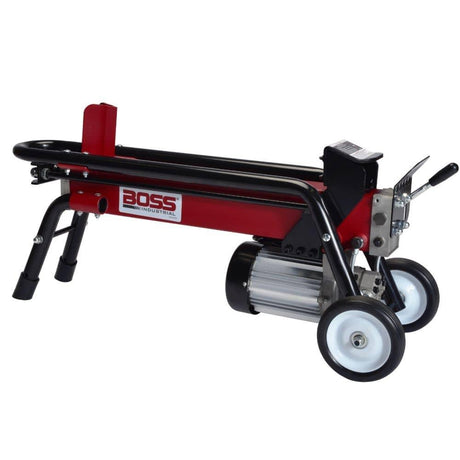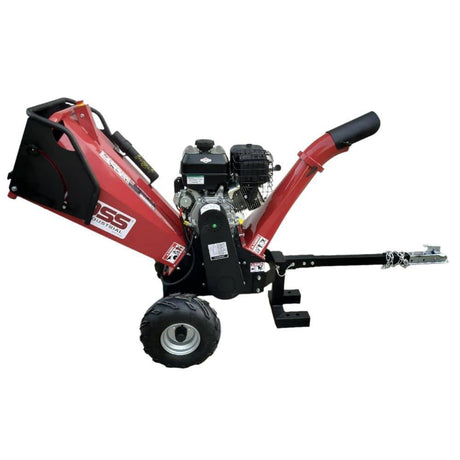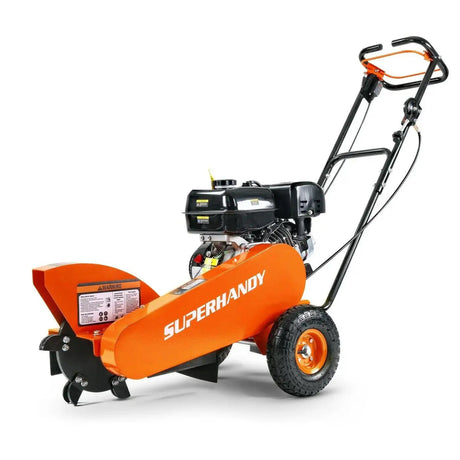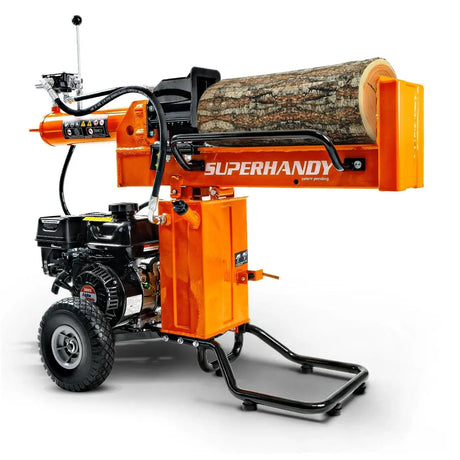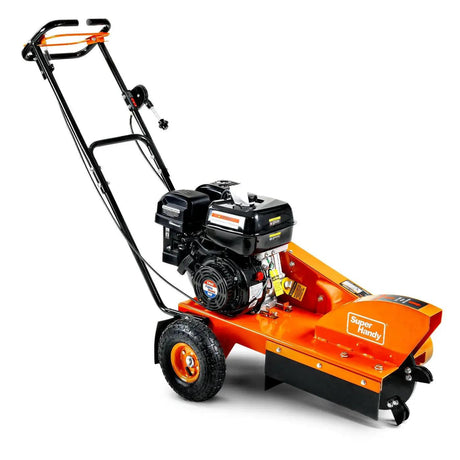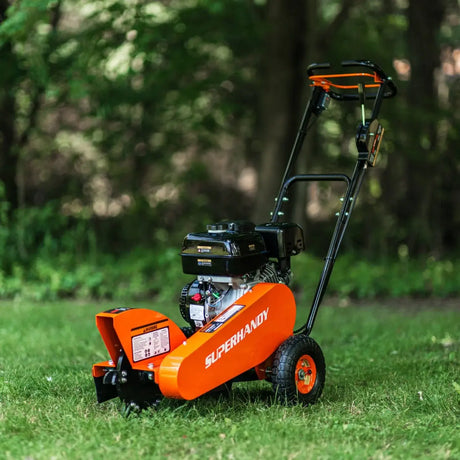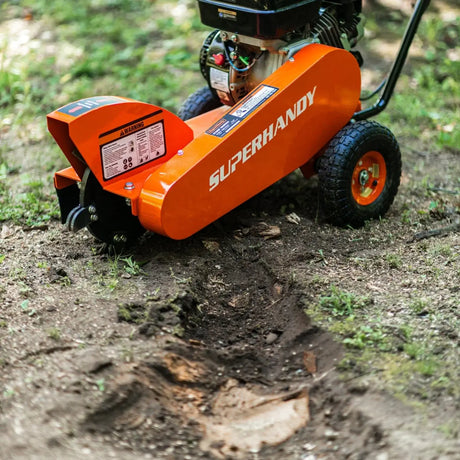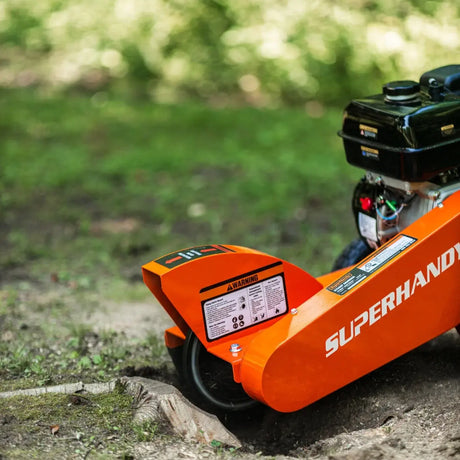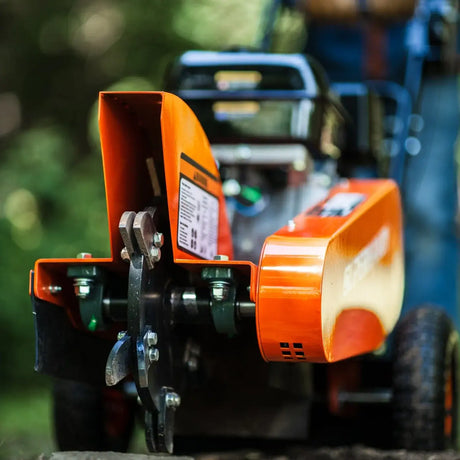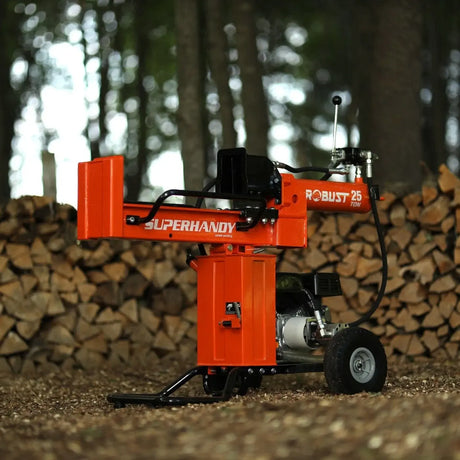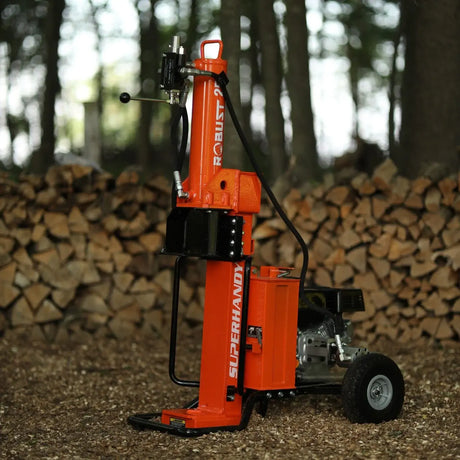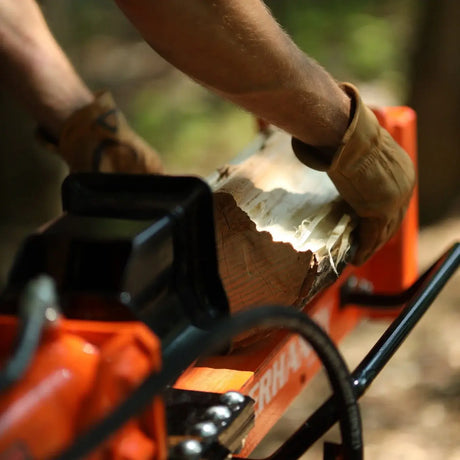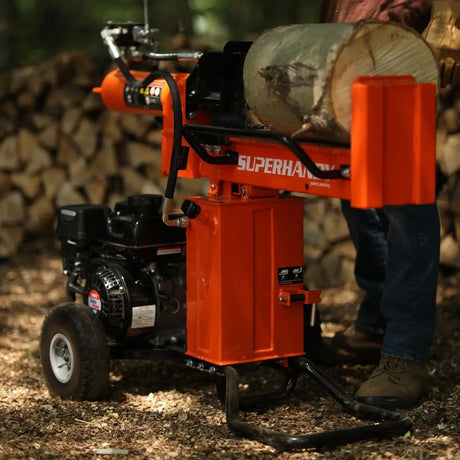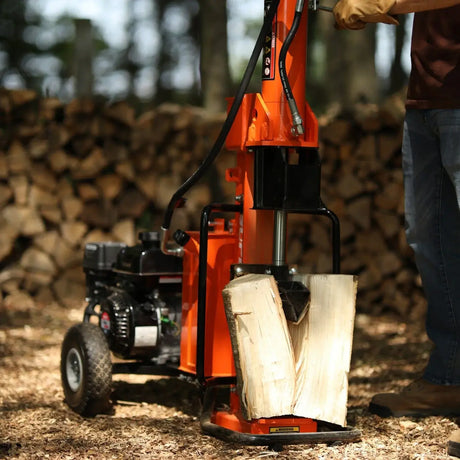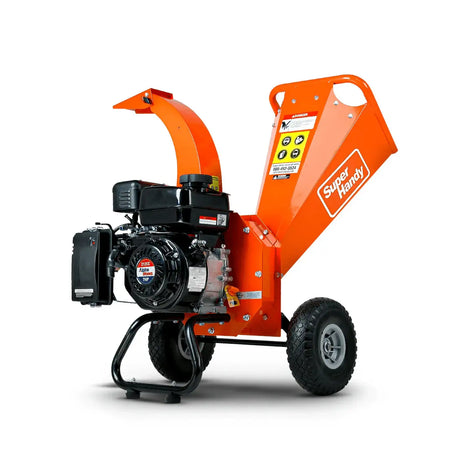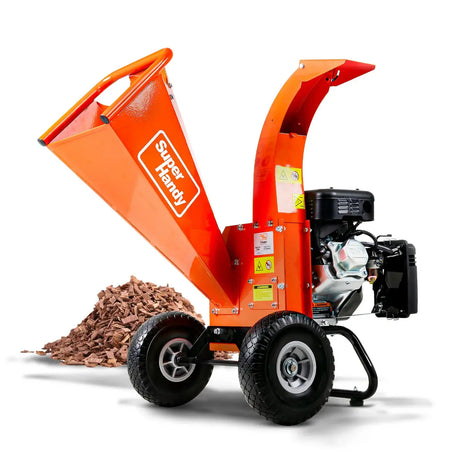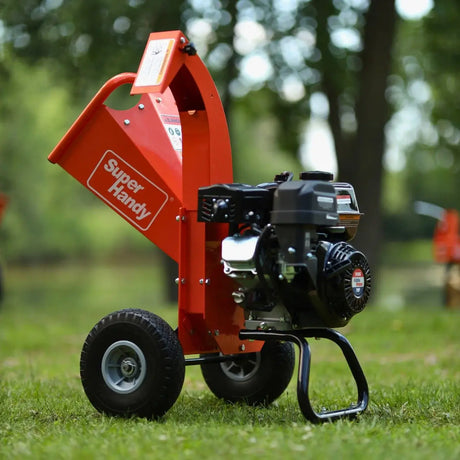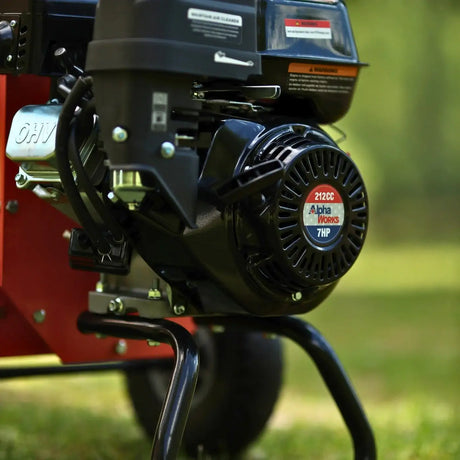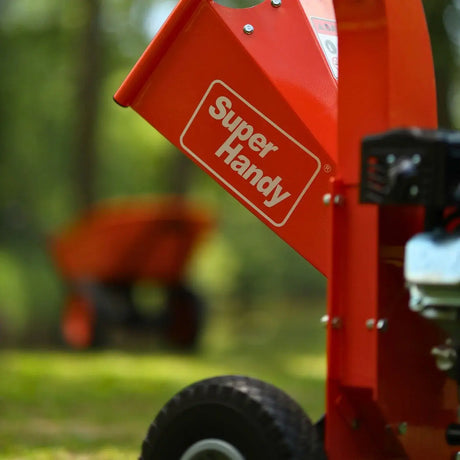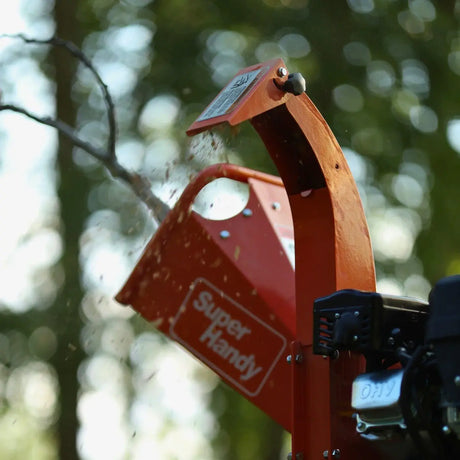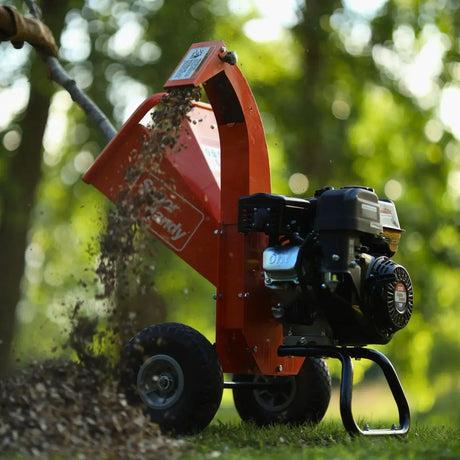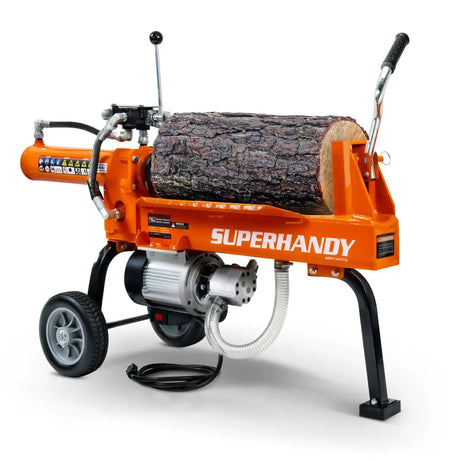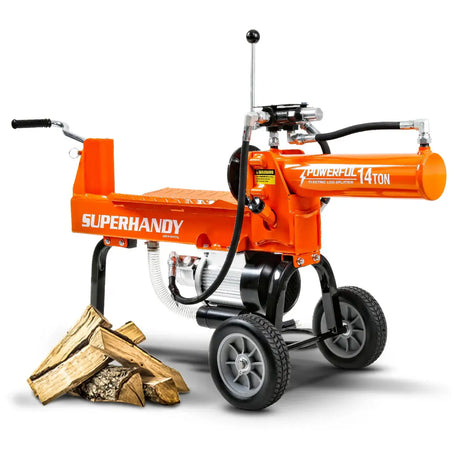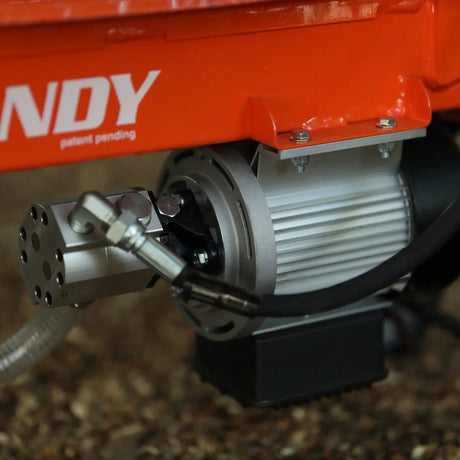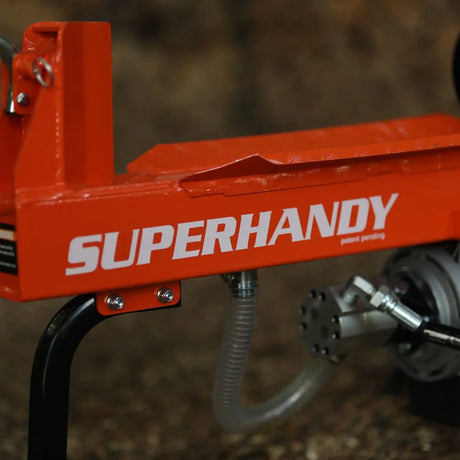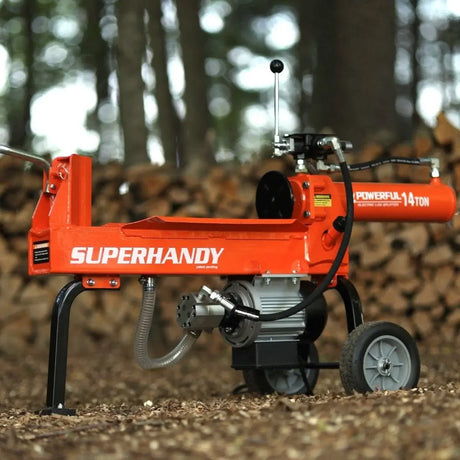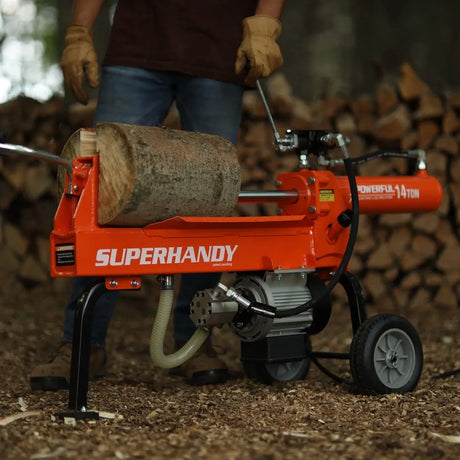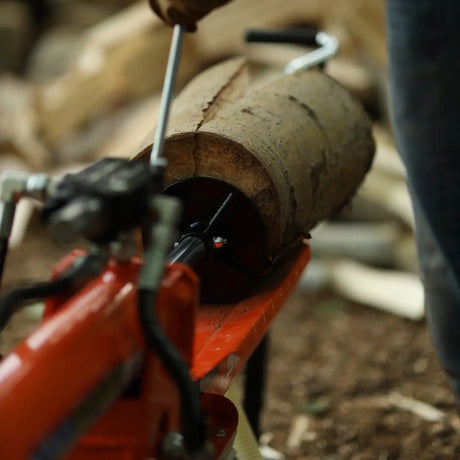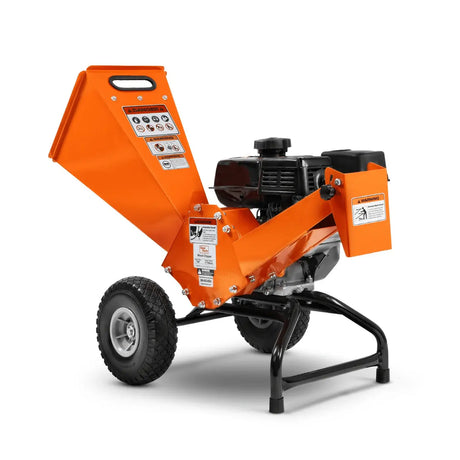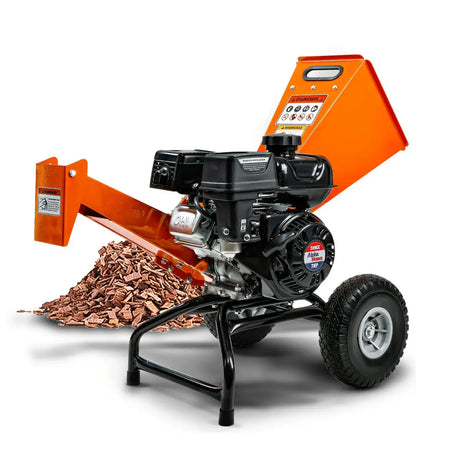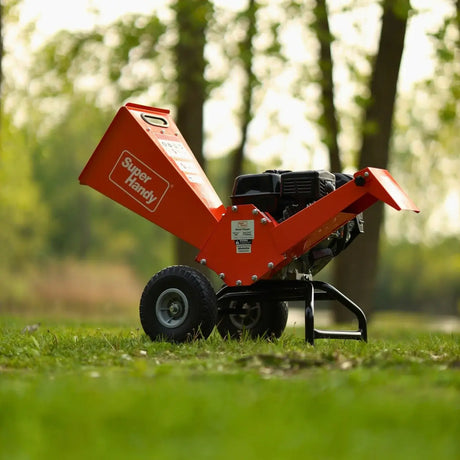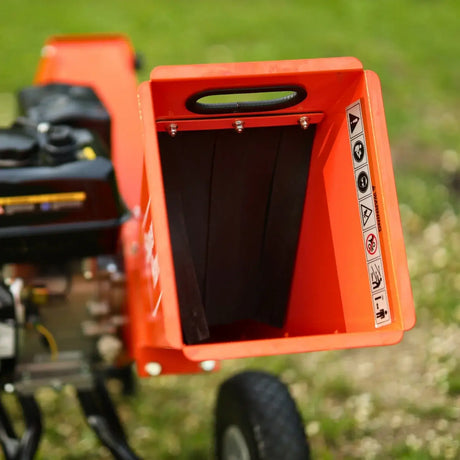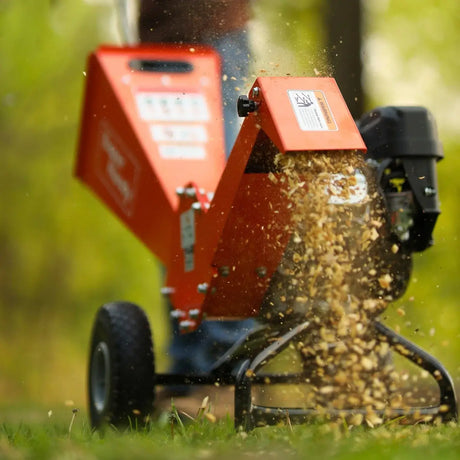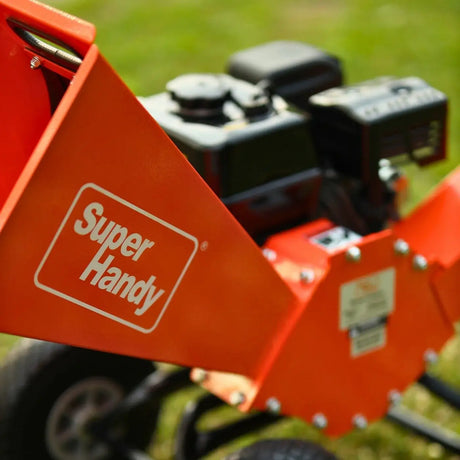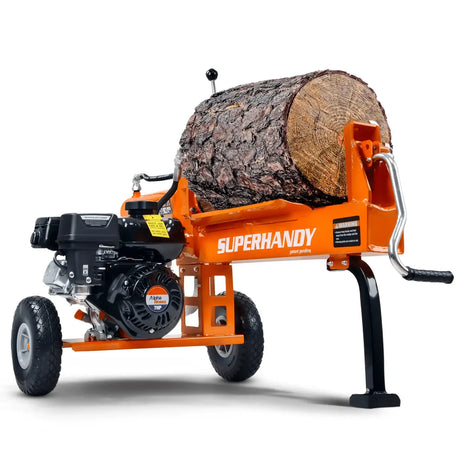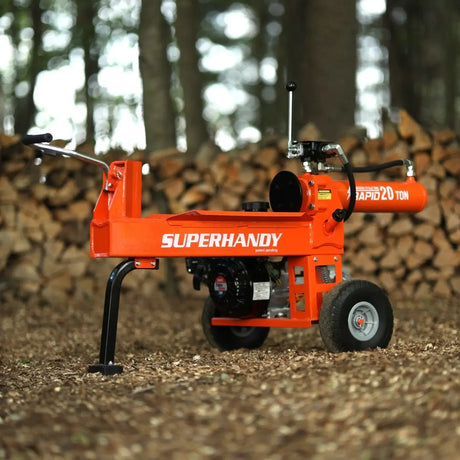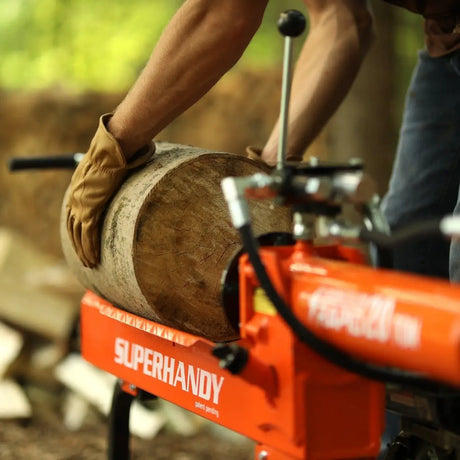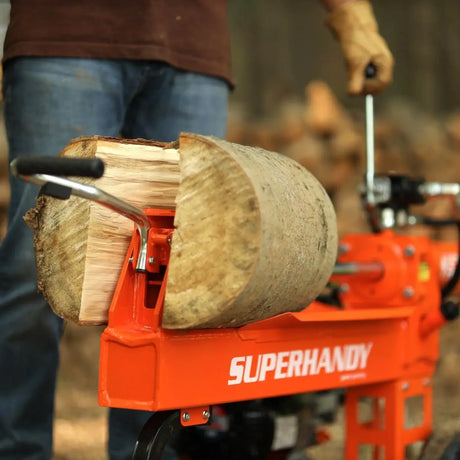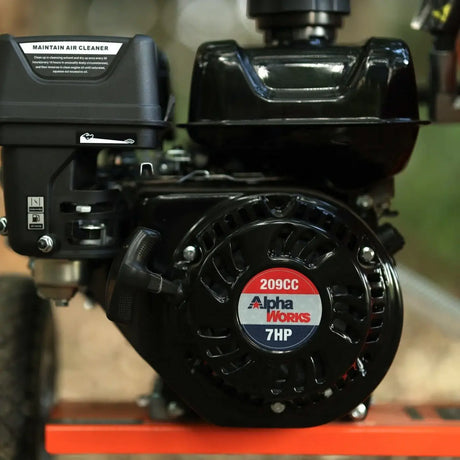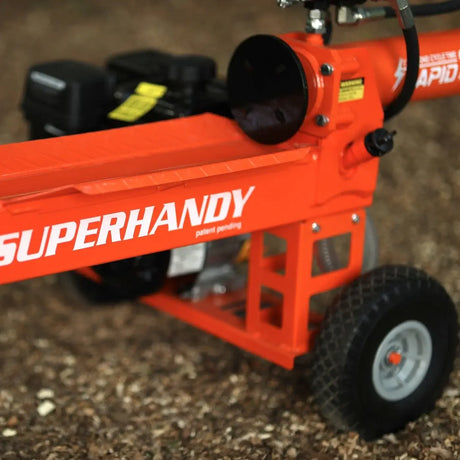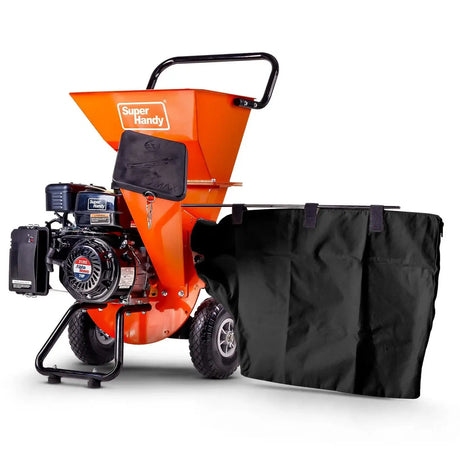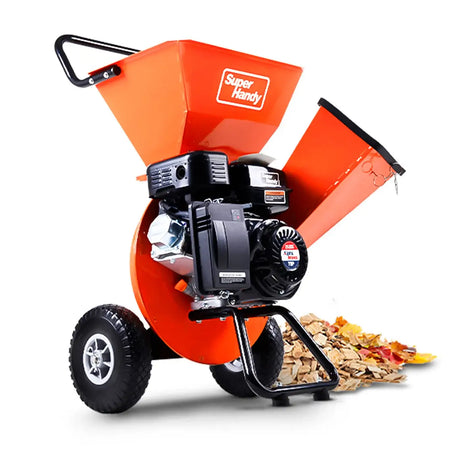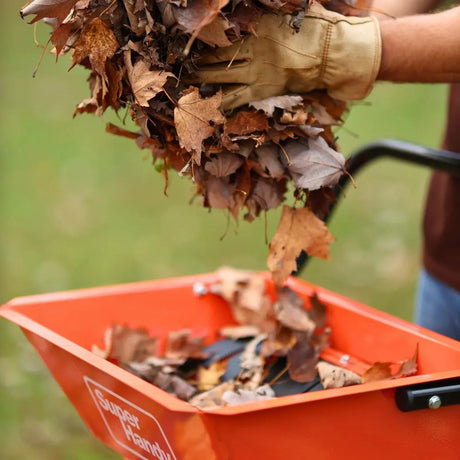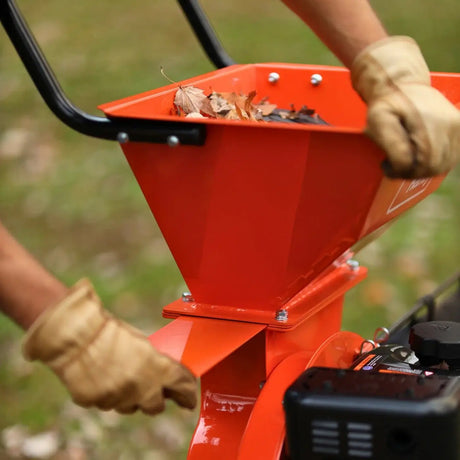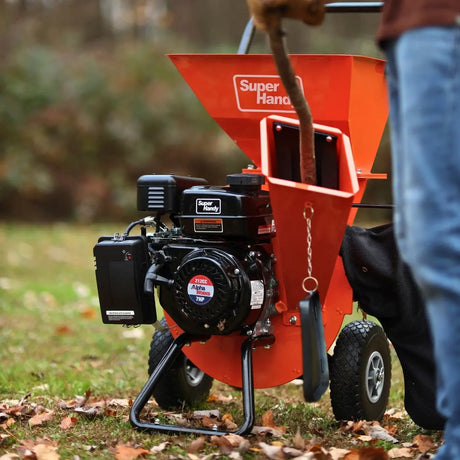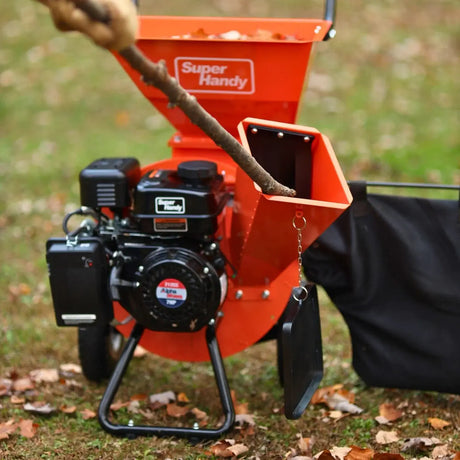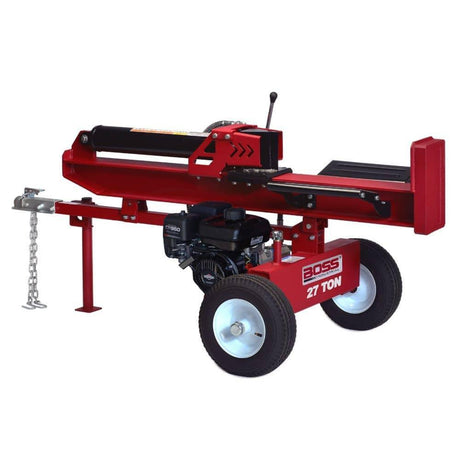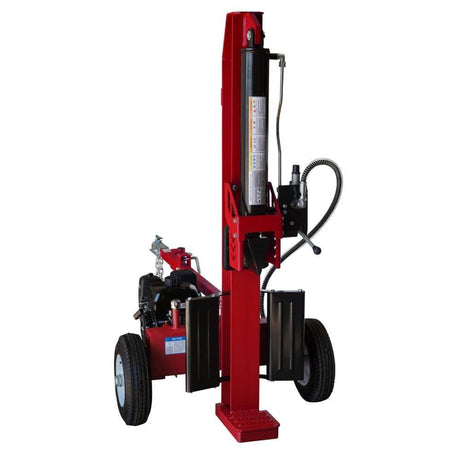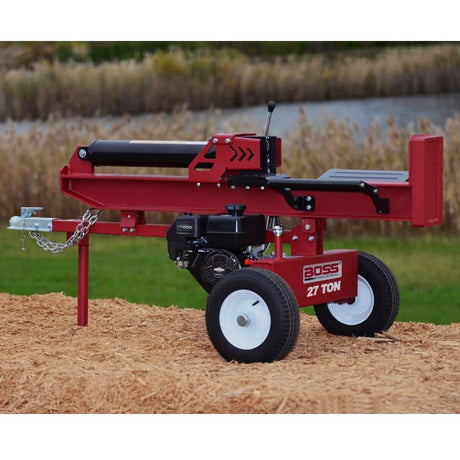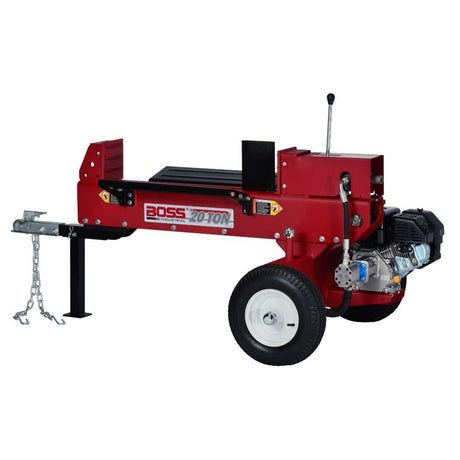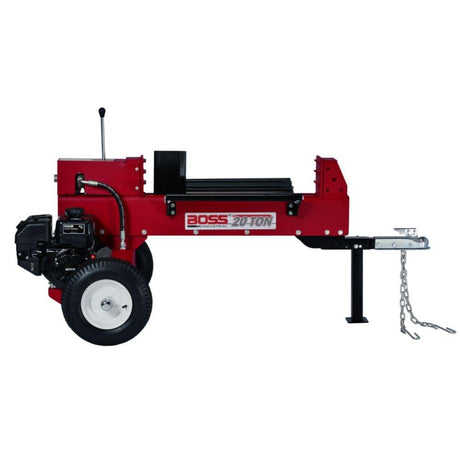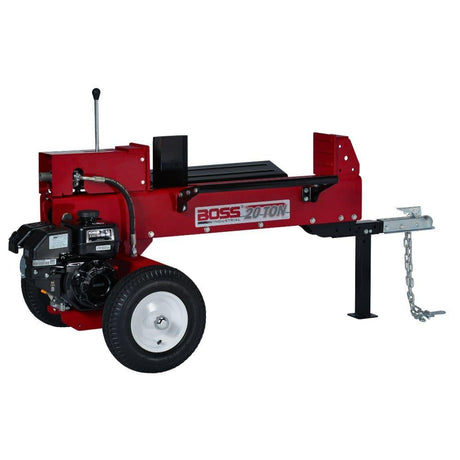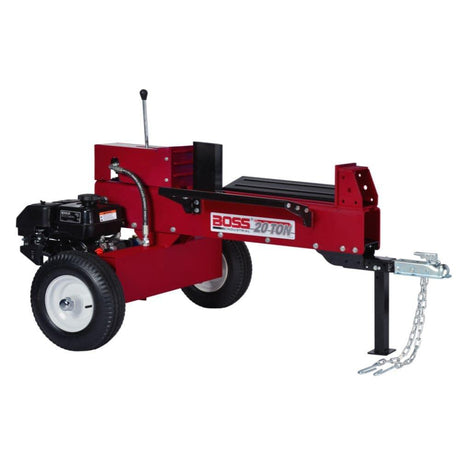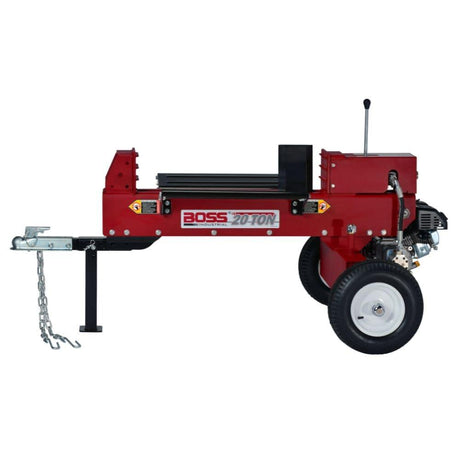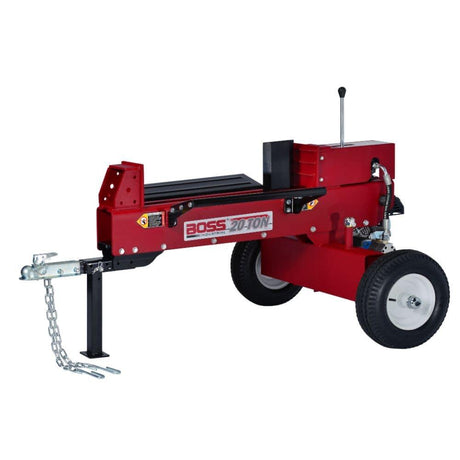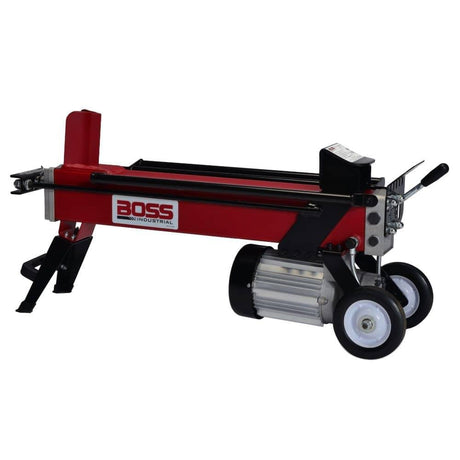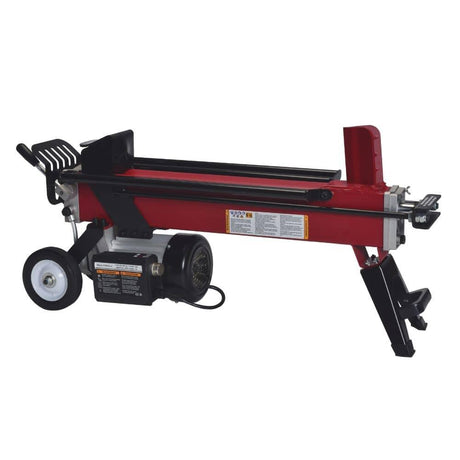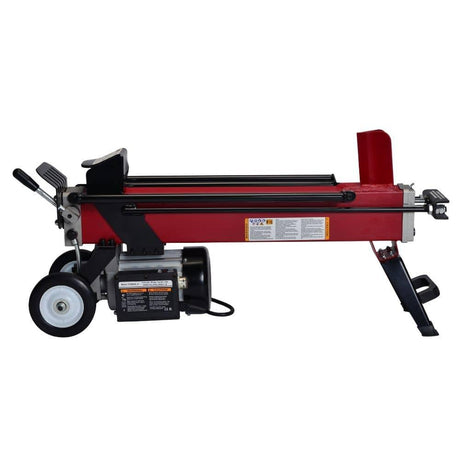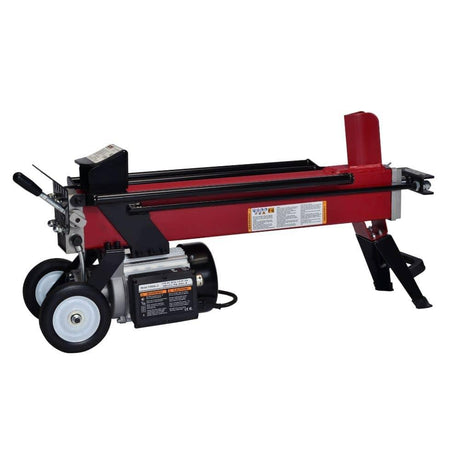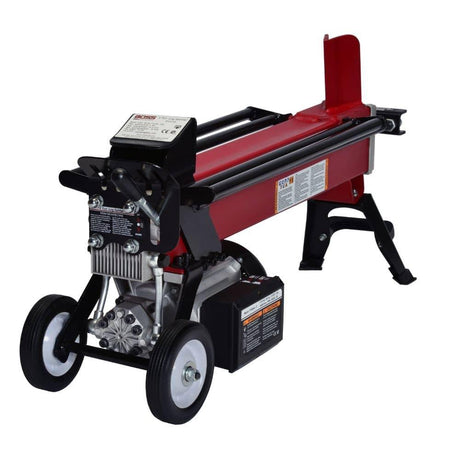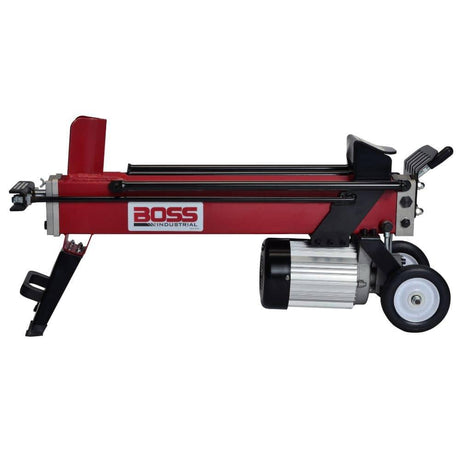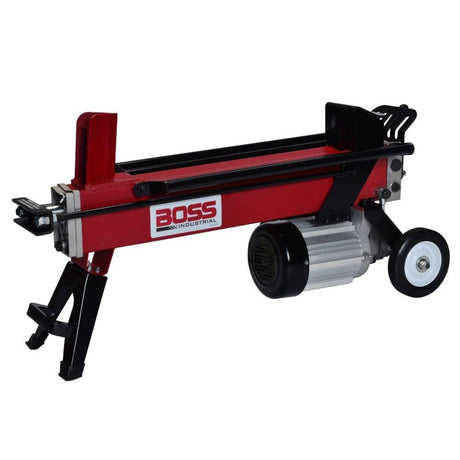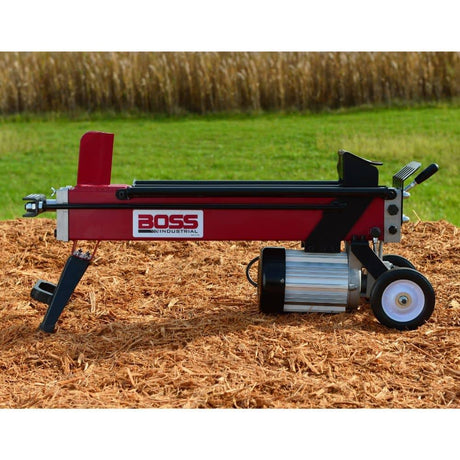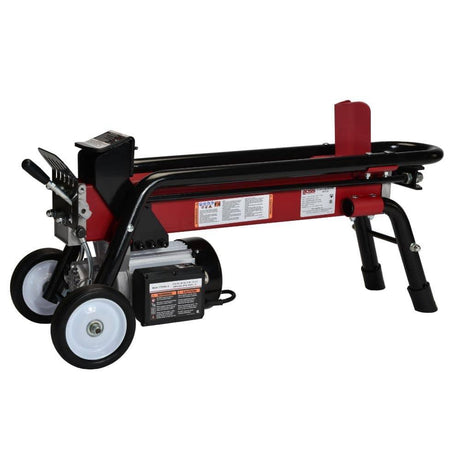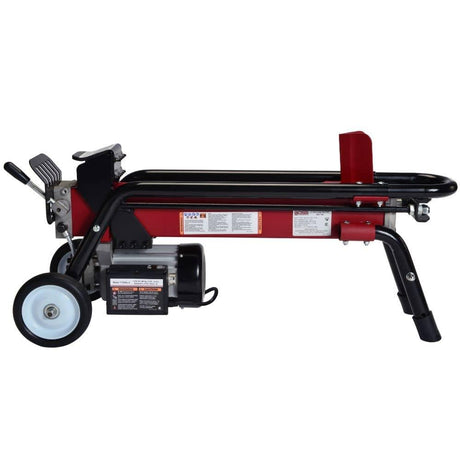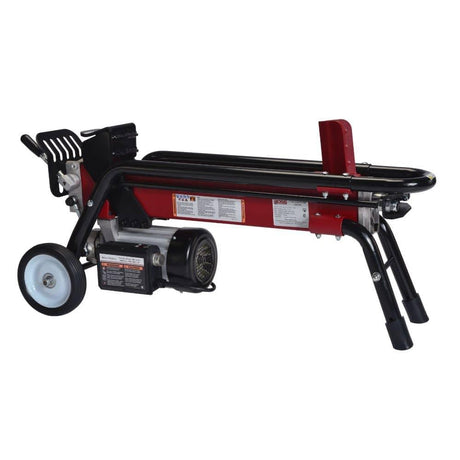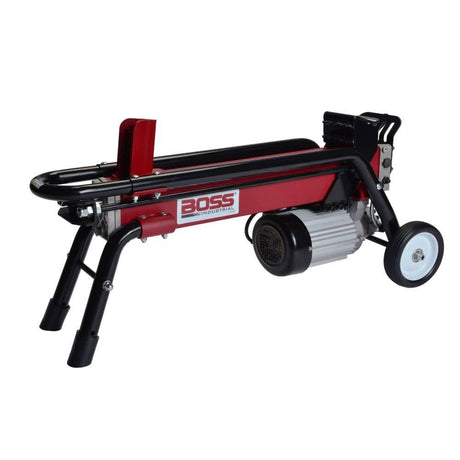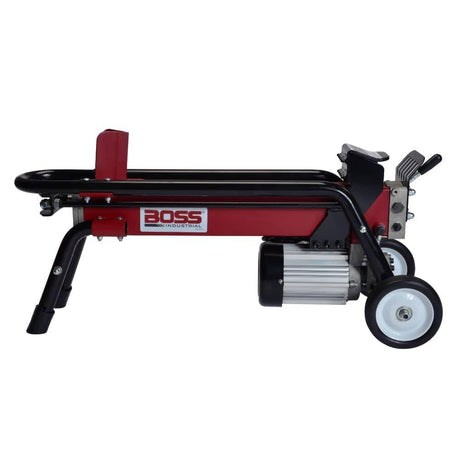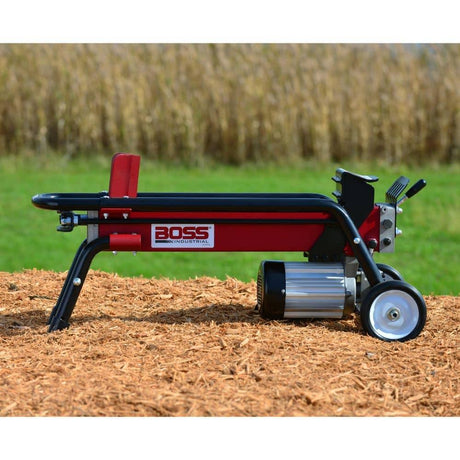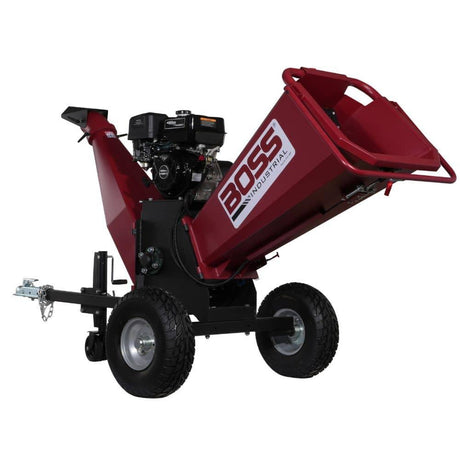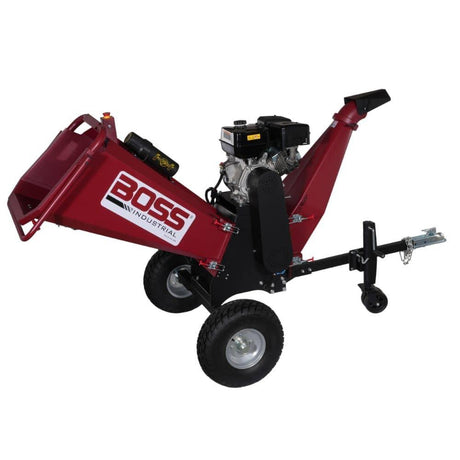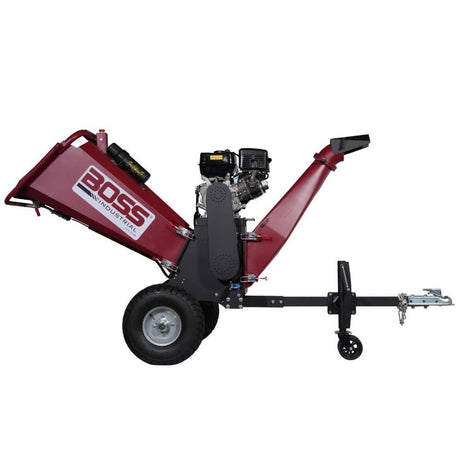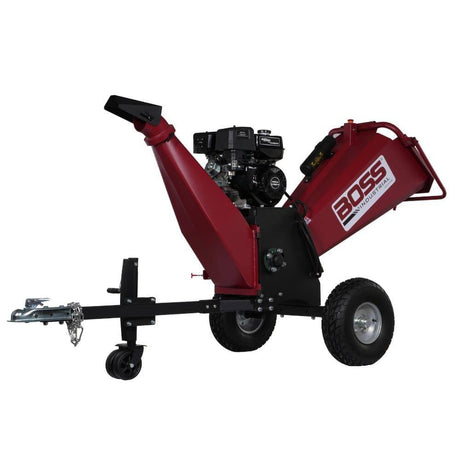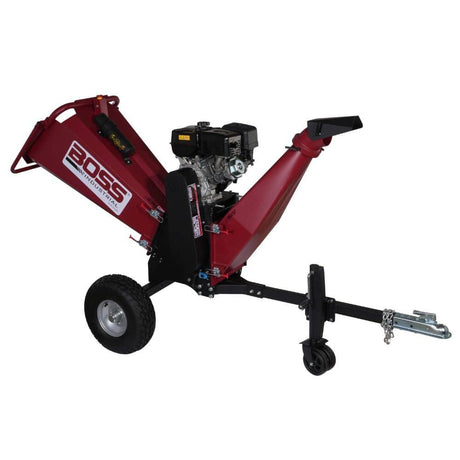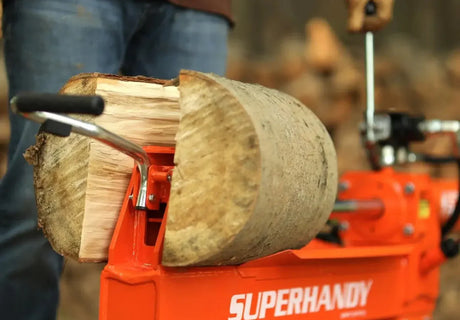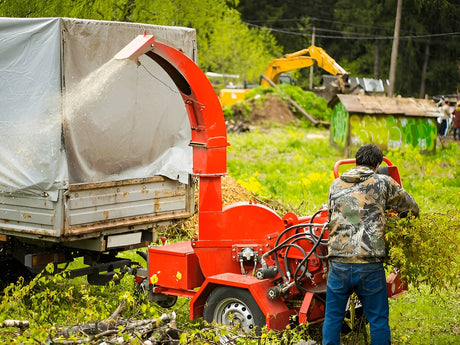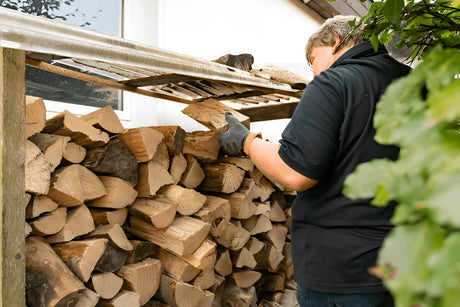Key Takeaways
- Effective Weed Suppression: Wood chips create a physical barrier that inhibits weed growth by blocking sunlight and impeding seed germination.
- Soil Health Improvement: As wood chips decompose, they enhance soil structure and fertility, benefiting desired plants.
- Moisture Retention: A layer of wood chips helps maintain soil moisture, reducing the need for frequent watering.
- Erosion Control: Applying wood chips can prevent soil erosion by protecting the soil surface from water runoff.

How Wood Chips Suppress Weed Growth
Wood chips suppress weeds naturally by blocking light, trapping moisture, and creating harsh conditions for growth.
- Sunlight Blockage : A thick layer of chips prevents sunlight from reaching the soil. Without light, most weed seeds can’t germinate.
- Physical Barrier : The mulch layer smothers young weeds and weed seedlings. Shoots can't push through a well-packed layer. This helps keep your garden beds and flower beds cleaner longer.
- Allelopathic Effects : Some wood chips, especially arborist chips, release natural chemicals. These slow down or stop weed seed germination, especially near the surface.
- Suppresses Perennial Weeds : A deep mulch layer limits oxygen and dries out roots. This weakens perennial weeds and kill unwanted plants with extensive root systems.
Bonus Tip: Use a thick layer - at least 3-4 inches. For areas with heavy weed pressure, go 6-8 inches deep. Always clear established weeds before applying chips to avoid regrowth.
Used right, wood chips give you strong, long-term weed suppression and a healthier, low-maintenance garden.

Preparing Your Garden Bed for Wood Chip Application
Proper prep is key to getting the most out of chips for weed control. Don't rush it-take the time to set up your garden beds the right way.
- Clear Existing Weeds : Pull out perennial weeds, annual weeds, and any unwanted plants. se a hoe or knife to remove roots—any leftover pieces can regrow through mulch.
- Moisturize the Soil : Water the soil before applying chips. This helps with soil moisture retention and encourages microbial life to start breaking down the wood chip mulch. Moist soil also bonds better with the chips.
- Soil Assessment : Check your garden soil. Use a basic test kit to measure pH and nutrients. Address deficiencies before covering the area. Once the soil is covered, amending becomes more difficult.
Bonus Tip: Avoid disturbing the soil once it's cleared and watered. Keep the bare soil firm so the chips settle evenly and suppress weed seed germination effectively.
Done right, this prep stage boosts weed suppression and helps build long-term soil health.

Choosing the Right Wood Chips for Weed Control
Choosing the right type makes a big difference in how well you suppress weeds and support soil health.
Arborist Wood Chips These are a top pick for weed suppression. They're usually a blend of bark, wood, leaves, and even twigs. That variety adds nutrients as they break down and offers a great mix of chip sizes. Plus, they're often free from local tree care companies.
Aged vs. Fresh Chips
- Aged wood chips are partially decomposed. They're less likely to tie up soil nitrogen and are safer around garden plants and herbaceous perennials.
- Fresh chips are fine to use too-just avoid mixing them directly into the soil. They may temporarily reduce nitrogen at the surface but work great as a mulch layer.
Chip Size Matters Go for medium chips-about 1-2 inches.
- Smaller chips can mat down and restrict air.
- Larger chunks leave too many gaps for weed seeds to sneak through. Medium size gives you solid coverage and breaks down at a steady pace.
Pro Tip: Avoid dyed or treated chips—natural mulch is safer for plants and soil health.
Buying your own chipper can be a wise investment. Check out our wood chipper buying guide to avoid making any mistakes.

Applying Wood Chips Effectively
How you apply chips is just as important as choosing the right kind. Done right, this step makes all the difference in long-term weed suppression and garden health.
Layer Thickness Apply a thick layer-at least 2 to 4 inches. This is the sweet spot to suppress weeds, block sunlight, and keep the soil covered.
- For tough areas with perennial weeds or aggressive broadleaf weeds, go deeper-up to 6 inches.
- A thick layer of mulch also helps smother weed seedlings and reduces seed germination from newly blown-in weed seeds.
Avoid Piling Against Plant Stems Keep chips pulled back a few inches from the base of garden plants, trees, or herbaceous perennials.
- This prevents moisture buildup that causes rot and attracts pests.
- Also gives desired plants better air circulation and reduces fungal issues.
Replenish as Needed Wood chip mulch breaks down slowly, but you still need to refresh it.
- Check your mulch layer at least once per season.
- If the chips have thinned out, especially after rain or wind, add more to restore the full depth.
- Replenish yearly to maintain weed control and moisture.
Pro Tip: Before adding new chips, rough up the old surface with a rake. This helps the new layer bond and prevents layering issues that block water.
Keeping your mulch consistent is the simplest way to maintain a weed free garden without chemicals.

Enhancing Weed Suppression with Additional Methods
Wood chips do most of the heavy lifting, but pairing them with a few extra strategies can take your weed control to the next level-especially in stubborn areas.
Landscape Fabric Lay landscape fabric before spreading your wood chips.
- It blocks weed seed germination by eliminating light and air access.
- Especially effective for garden beds with recurring perennial weeds or extensive root systems.
- Be sure to secure the edges to avoid gaps where weed seeds can sneak in.
Cover Crops Between growing seasons, use cover crops like clover or rye.
- These low growing plants act as living mulch.
- They outcompete common weeds, reduce seed dispersal, and add organic matter.
- Great for vegetable gardens, especially if you're building long-term soil health.
Hand Pulling Weeds Even the best systems won't catch everything.
- Inspect beds regularly for young weeds or herbaceous weeds that break through.
- Pull weeds when soil is moist and weeds are young.
- Don't let weed seedlings mature-they'll spread faster than you think.
Extra Tip: If you're dealing with invasive weeds, double down-use sheet mulching (like cardboard mulch) below your chips for a powerful combo that helps kill weeds.
Blending methods strengthens your entire weed suppression system. Think layers-not just mulch, but smart layers that work together.

Maintaining Your Wood Chip Mulch
Wood chip mulch works best when it's maintained with a bit of routine care. A few simple checks keep weeds down and soil healthy.
Monitor Mulch Depth
- Keep the mulch layer at 2-4 inches minimum.
- If it settles or decomposes, add more chips to prevent weed growth.
- In high-traffic areas or exposed beds, a thick layer may be needed more often.
Inspect for Pests
- Occasionally check for ants, beetles, or termites-especially near structures.
- Most arborist chips don't attract pests, but bark mulch or moist layers near stems can.
- Keep the mulch a few inches away from plant bases to reduce risk.
Aerate the Soil
- Every few months, lightly rake or turn the top layer.
- This prevents the chips from matting, promotes airflow, and helps control weeds.
- Looser mulch also helps retain soil moisture while letting rain soak in better.
Pro Tip: Avoid letting mulch get too soggy. If it smells sour or looks moldy, thin it out or mix in dry chips to refresh the surface.
A little maintenance goes a long way. Keep your wood chip mulch in good shape, and it'll keep your garden soil healthy, suppress weed growth, and support your desired plants all season long.

Additional Benefits of Wood Chips Beyond Weed Control
Wood chips do more than just suppress weeds. When used right, they become a long-term asset to your garden's overall health and performance.
Soil Moisture Retention
- Wood chips reduce evaporation from the surface.
- This keeps soil moisture levels steady, even during dry spells.
- Great for garden beds, vegetable gardens, and areas with limited irrigation.
Soil Structure Improvement
- As they break down, chips feed microbes and earthworms.
- This improves soil structure, increases organic matter, and boosts aeration.
- Better structure means better root development for your desired plants.
Temperature Regulation
- A consistent mulch layer insulates the soil.
- It keeps roots cooler in summer and protects them from cold snaps in winter.
- Especially helpful for herbaceous perennials and woody plants.
Erosion Control
- Wood chips protect bare soil from wind and heavy rain.
- They reduce soil erosion on slopes and garden edges.
- Thick mulch helps stop invasive weed seeds from spreading.
Bonus:
- Wood chips offer visual appeal. Clean, natural pathways and mulched beds look polished without synthetic materials.
- And if you use locally sourced arborist chips, you're recycling natural materials and reducing waste.
In short, using organic mulch is about more than weed suppression. It's a smart way to improve your garden soil, cut down maintenance, and keep your landscape resilient.

Case Studies and Research Findings
Scientific studies back up what gardeners and landscapers see in the field: wood chips work.
Virginia Study
- A controlled study in Virginia tested weed growth across different mulch types.
- Plots mulched with a thick layer of chips had significantly less weed mass than unmulched plots.
- Not only that-these plots also produced higher crop yields thanks to better soil moisture retention and fewer unwanted plants competing for nutrients.
Arborist Wood Chips
- Research on arborist chips-which include bark, leaves, and small branches-showed strong results in weed suppression.
- They block sunlight, slowing weed germination.
- They also lower surface nitrogen levels temporarily, making it harder for annual weeds and weed seedlings to take hold.
Additional Findings
- Studies confirmed that a thick layer of chips reduces weed growth and improves soil health over time.
- Some trials noted that even invasive weeds and perennial weeds were stunted or killed under consistent mulching.
Bottom line: Whether you're managing garden beds, vegetable gardens, or a community garden, the data supports what most gardeners already know-wood chips are a reliable, low-maintenance strategy for non chemical control methods that actually work.
Summary
Utilizing wood chips is an effective, natural method for weed control that also enhances soil health, retains moisture, and prevents erosion. By selecting the appropriate type of wood chips, applying them correctly, and maintaining the mulch layer, gardeners can achieve a weed-free garden without relying on chemical herbicides.


